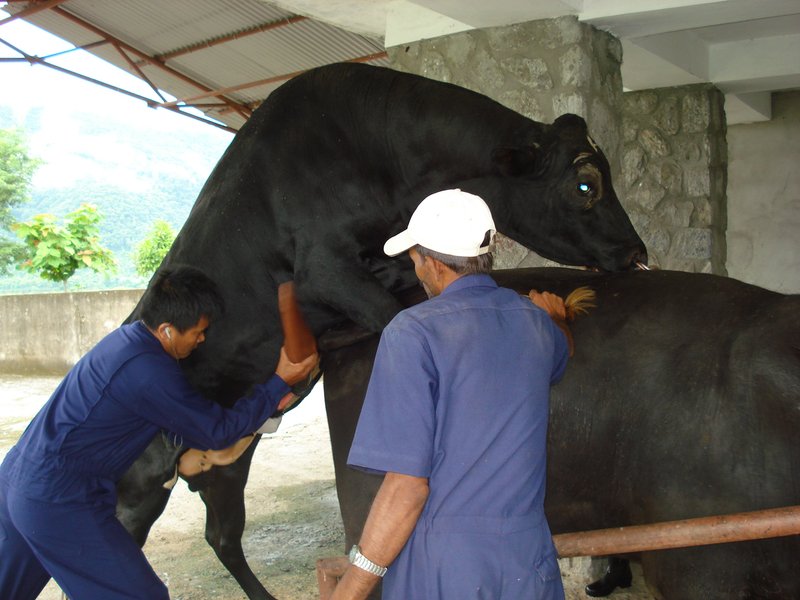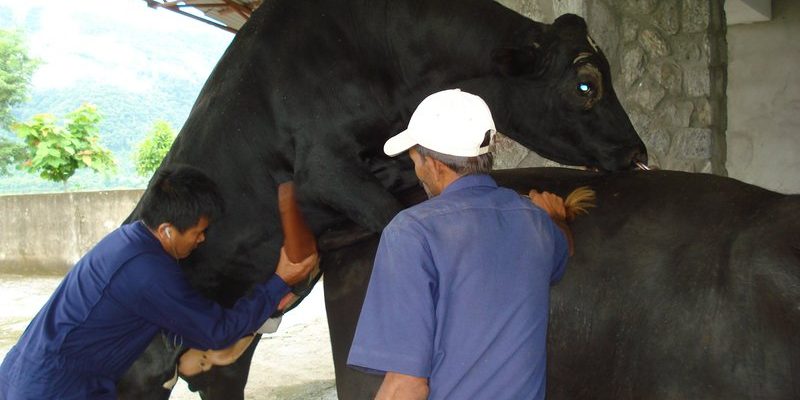
Halibut are particularly interesting because of their life cycle, which involves upwards of 15 to 20 years of life before they breed. During this time, they undergo significant transformations. In a way, their entire existence is geared towards this moment—their chance to contribute to the future generation of halibut. So, let’s unravel how these sea giants find each other, reproduce, and ensure that their legacy continues under the waves.
Understanding Halibut: A Quick Overview
Before diving into breeding, let’s establish what halibut are all about. Halibut are large flatfish belonging to the family Pleuronectidae. They are primarily found in the North Atlantic and North Pacific Oceans, making them a common catch for anglers and commercial fisheries alike. Their bodies are uniquely adapted to life on the ocean floor with a top side that’s usually a dark brown or green color, blending in perfectly with their surroundings, while the underside is white.
These fish can grow to impressive sizes, with some reaching up to 800 pounds! That’s a lot of fish! They usually prefer deeper waters ranging from 50 to 1,500 feet. The species includes two main types: Atlantic halibut and Pacific halibut. Understanding their habitats and characteristics gives you a solid base for appreciating their reproductive behavior.
The Breeding Process: When and Where Do Halibut Spawn?
Alright, let’s get into the nitty-gritty of halibut reproduction. Halibut typically spawn in the spring to early summer when ocean temperatures start climbing. This is a critical time for them because rising temperatures signal that it’s time to reproduce.
So, where do these fish get busy? They prefer offshore areas where the water is deep and has a sandy or gravelly bottom. Here’s the thing: they don’t just spawn anywhere. Halibut gather in specific locations to breed, often returning to the same sites year after year. This behavior is somewhat similar to how some birds migrate to favored nesting spots.
During spawning, female halibut release thousands of eggs—sometimes reaching into the millions! Meanwhile, males swim close by, releasing sperm to fertilize the eggs. This process is a spectacle of nature, ensuring a greater chance of survival for the young that hatch.
The Lifecycle of Halibut: From Eggs to Adults
Once the eggs are fertilized, they drift with ocean currents and hatch into larvae about 10 days later. These tiny halibut larvae are not at all like their adult counterparts. They have a more traditional fish shape, but they quickly undergo a transformation. As they grow, they start flattening out, and their eyes shift to one side. This unique process mirrors the physical changes they’ll undergo for their entire lives.
As they mature, halibut larvae feed on plankton and small marine animals, gradually making their way to the ocean floor where they settle and grow into juvenile halibut. This phase is critical because it’s where they learn to adapt to the benthic (ocean floor) life. Over the years, they’ll continue growing and may not reach sexual maturity until around 5 to 10 years old based on their environment and food availability.
By understanding this lifecycle, we can appreciate the challenges these young fish face as they grow and thrive in an ever-changing ocean ecosystem.
Factors Affecting Halibut Reproduction
There are several factors that can influence halibut reproduction, and many of them stem from their environment. Water temperature plays a significant role. Halibut are sensitive to changes, and if the water is too cold or too warm, it can affect their spawning times.
Another crucial factor is food availability. Halibut need ample food sources, such as shrimp and smaller fish, to help them grow and reproduce. If their food sources dwindle, it can disrupt their reproductive cycles. Additionally, habitat conditions—like the presence of suitable breeding grounds—are vital for successful reproduction.
Fishing practices are also something to consider. Overfishing can lead to reduced populations, making it harder for halibut to find mates and reproduce effectively. This conservation aspect shows just how interconnected the ecosystem is and why understanding halibut reproduction is essential for their survival.
Conservation and Sustainability: Protecting Halibut Populations
With the increasing pressures of fishing and environmental changes, it’s crucial to address halibut conservation. Many fisheries have started implementing regulations to protect halibut populations. For example, catch limits and seasonal restrictions can help ensure that halibut have a chance to reproduce successfully.
Additionally, promoting sustainable fishing practices is essential. This means using methods that don’t deplete halibut stocks and allow populations to recover over time. Organizations and fisheries worldwide are working hard to balance the demand for halibut with the health of their populations.
So, what can you do? If you’re an angler, consider following guidelines and support sustainable seafood choices. By doing so, you contribute to the long-term survival of these magnificent fish.
The Role of Technology in Halibut Research
As the world changes, technology is evolving too, allowing scientists and researchers to study halibut more effectively. For instance, advanced tracking systems enable researchers to monitor halibut movements and spawning habits in real-time. This data is invaluable—it helps scientists understand how environmental changes impact halibut populations and reproduction.
Moreover, genetic research helps ensure that conservation efforts are targeted and effective. Understanding the genetic diversity within halibut populations can inform breeding programs and enhance resilience against diseases.
This blend of tradition and innovation highlights the importance of ongoing research in creating a sustainable future for halibut.
Breeding and reproduction of halibut is a complex yet fascinating process that illustrates the delicate balance of nature. From their unique spawning practices to the challenges they face, understanding these fish helps us appreciate the rich life beneath the waves. The journey from egg to mature fish is full of challenges, and human activity impacts their survival.
So, whether you’re a fisherman, marine biologist, or just someone curious about marine life, there’s a lot to learn from halibut. By being more aware of how these creatures reproduce and the factors affecting their survival, we can contribute to the health of our oceans and all its inhabitants.

